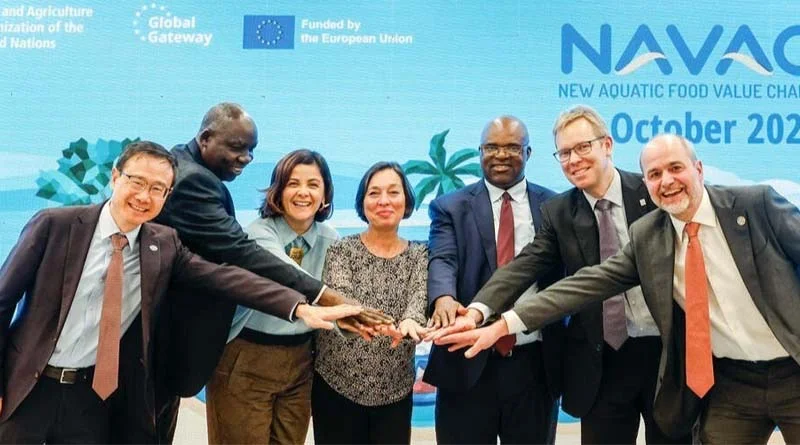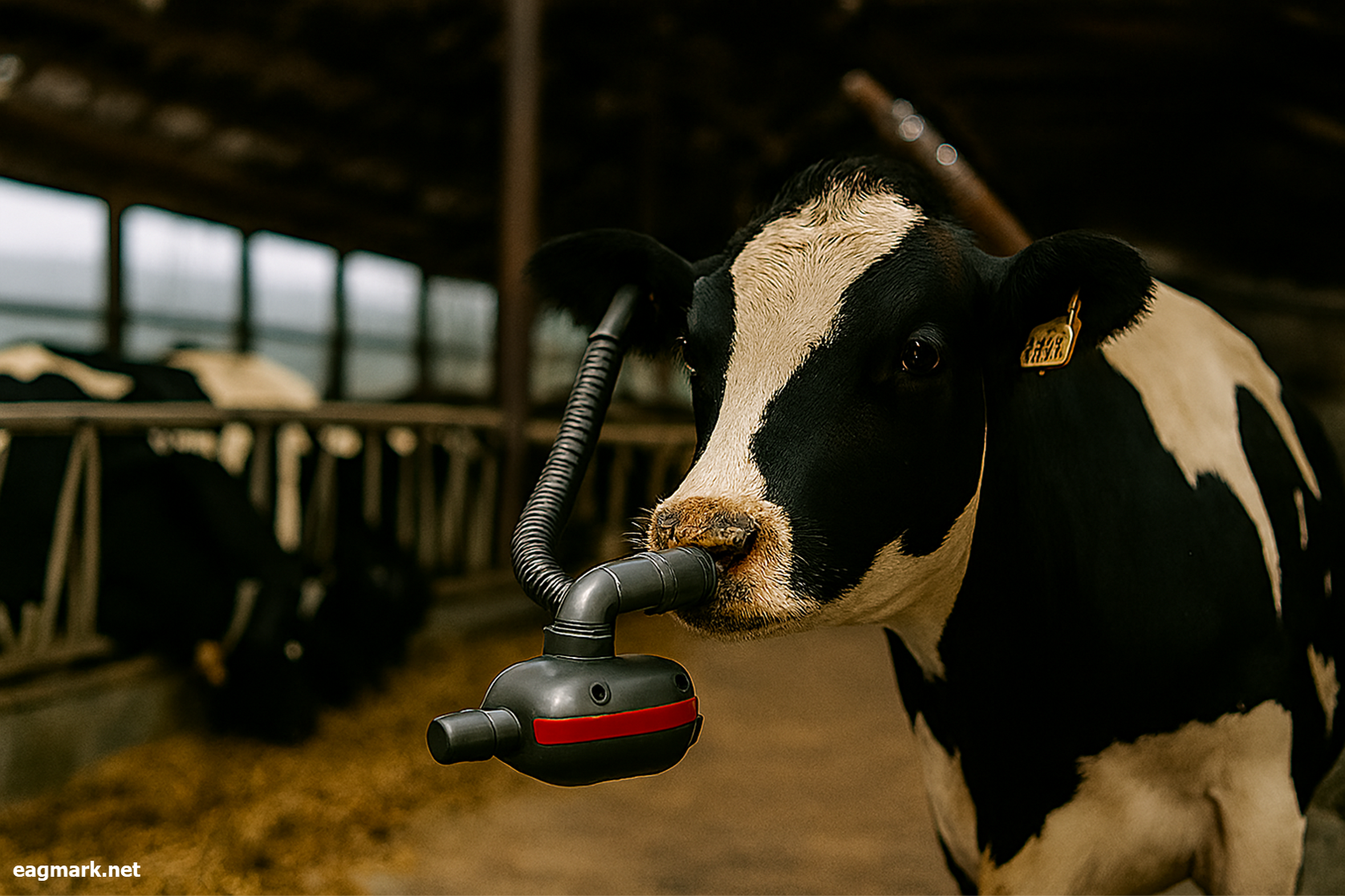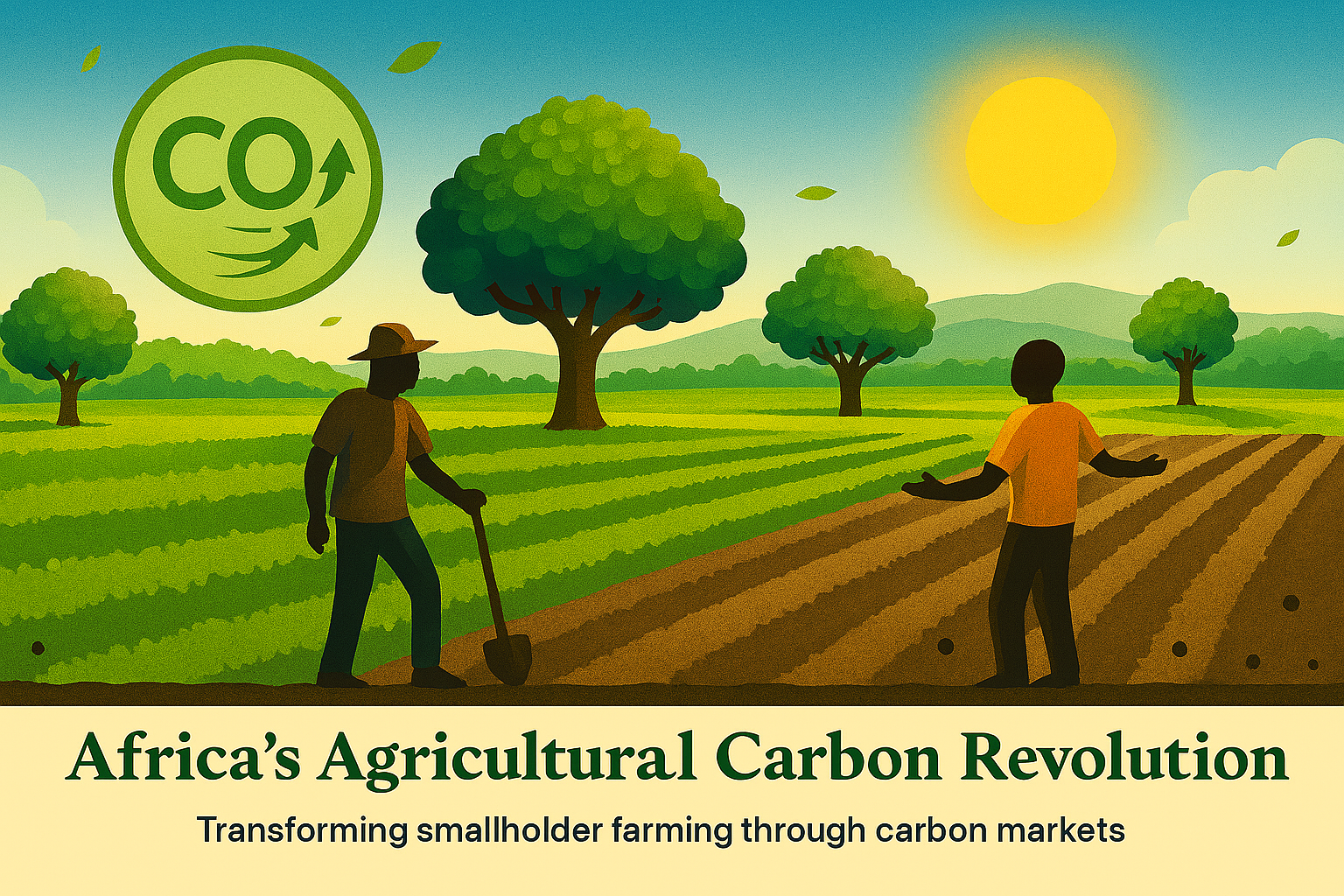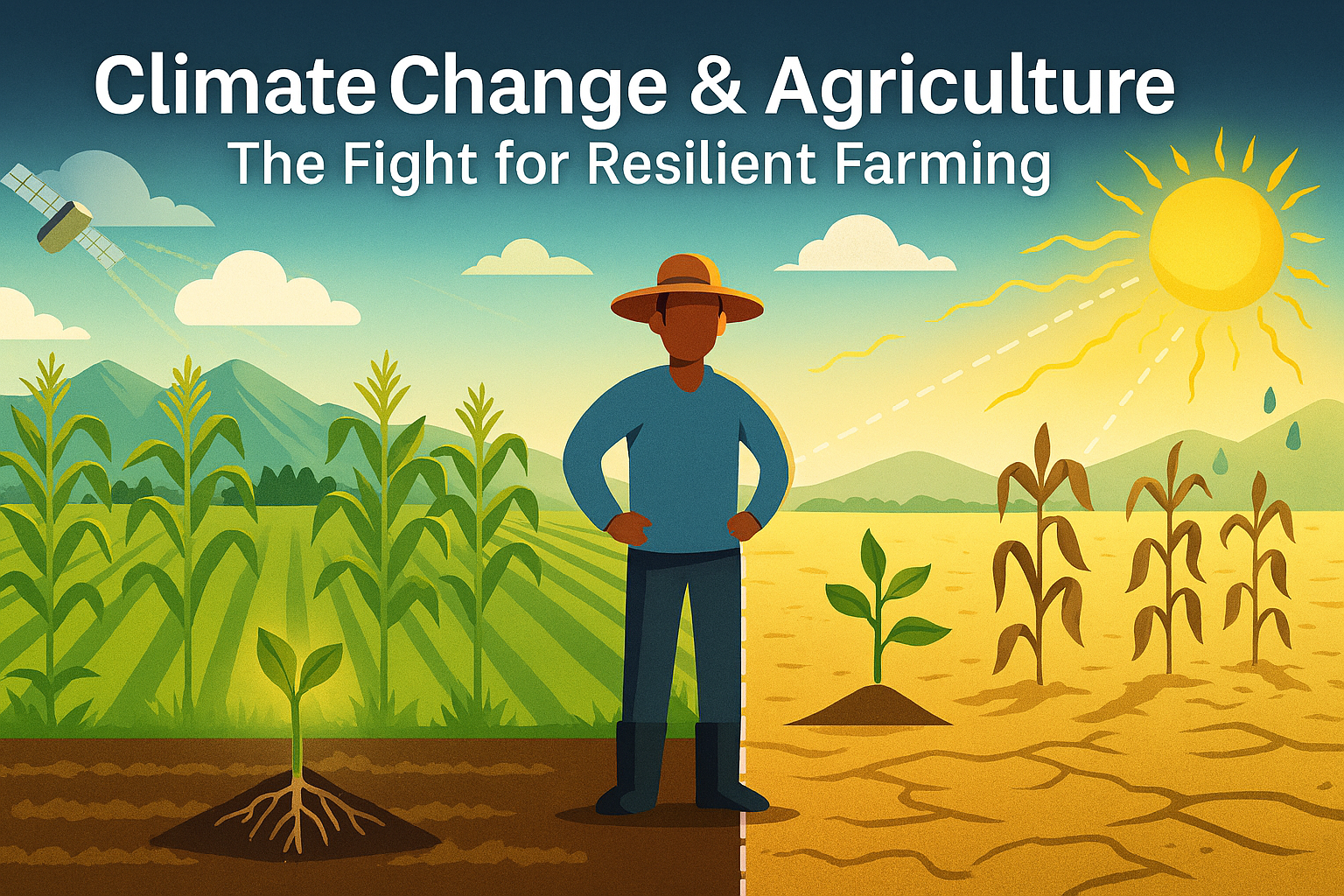
The Food and Agriculture Organization of the United Nations and the European Union announced a new €20 million program on October 23, 2025 in Rome. The initiative targets vulnerable populations in Africa and Latin America.
The program will improve access to safe aquatic foods. It will also support local fishing and aquaculture value chains.
Program Details
The project runs from 2025 to 2030. It operates in five countries: Chad, Colombia, Guinea-Bissau, Mauritania, and South Sudan.
The European Union provides €20 million. FAO adds $500,000 through its Technical Cooperation Programme.
The official name is New Aquatic Food Value Chains for Sustainable Healthy Diets in Fragile Contexts (NAVAC).
Program Goals
Godfrey Magwenzi serves as FAO Deputy Director-General. He explained that NAVAC will expand the supply of aquatic foods to reach people facing nutritional challenges. The program focuses on making these foods affordable and sustainable.
Aquatic foods contain proteins and micronutrients. These nutrients help fight malnutrition. Children and pregnant or lactating women benefit most from these nutrients.
Many governments overlook aquatic resources when planning nutrition strategies. This gap weakens food security and public health outcomes.
Strategic Framework
NAVAC aligns with FAO's Four Betters framework. This includes Better Production, Better Nutrition, a Better Environment, and a Better Life.
The program supports FAO's Blue Transformation vision. This approach aims to make aquatic food systems more efficient and inclusive. It also prioritizes resilience and sustainability.
Annette Schneegans represents the European Union as Deputy Permanent Representative to FAO. She described NAVAC as taking a "net-to-plate" approach. This means the program addresses the entire value chain from fishing to consumption.
The initiative connects to the EU's Global Gateway strategy. This strategy addresses climate change, sustainable development, and value chain resilience across continents.
Implementation Strategy
FAO will partner with the Technical University of Denmark. National partners in each country will join the implementation team.
The first phase involves assessment work. Teams will examine existing aquatic food value chains in all five countries. They will identify gaps and opportunities for improvement.
Based on these findings, NAVAC will develop upgrading strategies. These strategies will strengthen supply chains and improve nutrition outcomes. They will also support local livelihoods.
The program will test new approaches. These include biotechnologies and product development processes. The goal is to get nutritious aquatic foods to vulnerable populations more effectively.
Context and Implications
The five target countries face fragile contexts. Political instability, climate challenges, and weak infrastructure affect food systems in these regions.
Aquatic resources offer untapped potential. Rivers, lakes, and coastal waters provide food sources that current policies underuse.
The program addresses a critical gap. You can find more information about FAO's aquatic food initiatives at https://www.fao.org/fishery/en/home and the EU's Global Gateway strategy at https://international-partnerships.ec.europa.eu/policies/global-gateway_en.
The timeline spans five years. This allows for assessment, implementation, and adjustment based on results.


